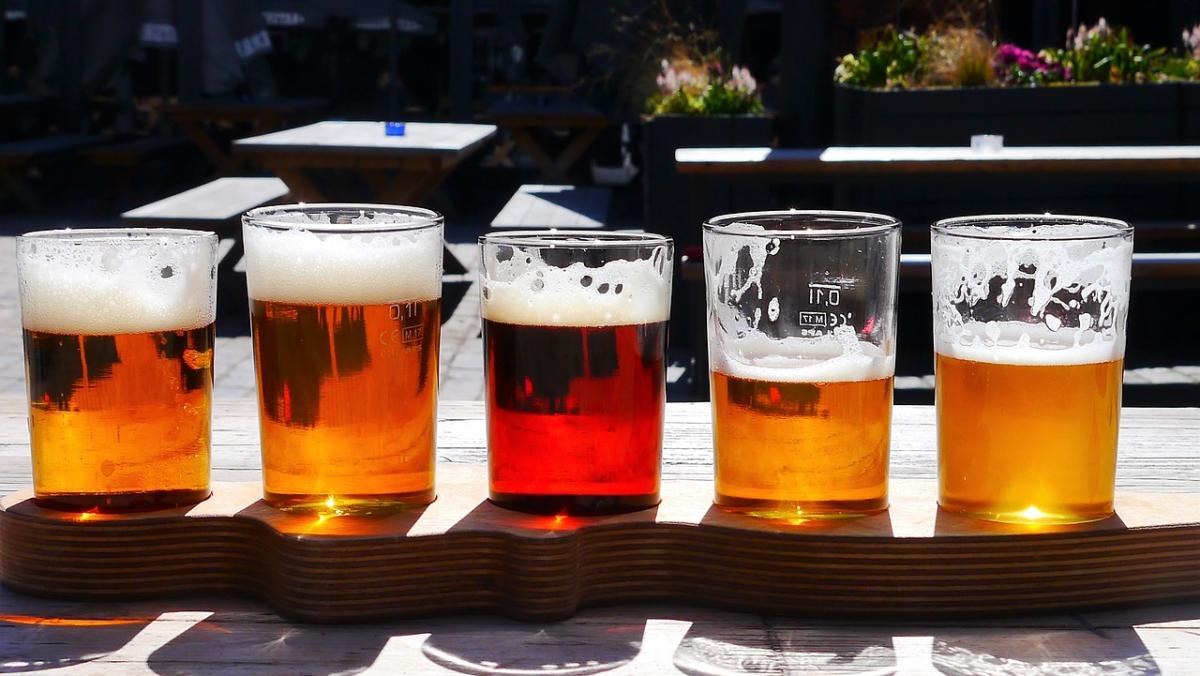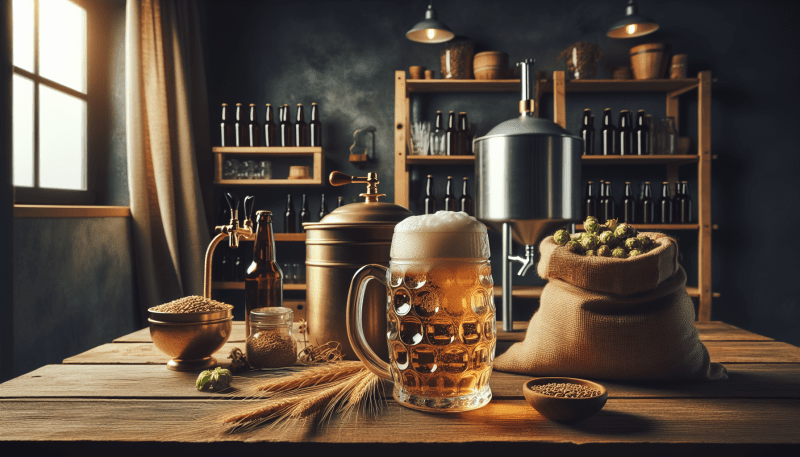Beer is one of the oldest and most widely consumed alcoholic beverages in the world, and its popularity has given rise to an astonishing variety of styles. Among the most popular beer types are lagers, ales, stouts, and IPAs (India Pale Ales). Each of these categories showcases unique flavors, aromas, and brewing techniques that reflect local traditions and ingredients.
Lagers are known for their clean and crisp taste, thanks to bottom-fermenting yeast and cooler fermentation temperatures. Originating from Germany, this style includes well-known varieties like Pilsner and Helles. Pilsners are light, golden beers with a refreshing finish, while Helles offers a slightly maltier character. Many countries have embraced lagers, leading to numerous regional adaptations that highlight local preferences.
Ales, on the other hand, are brewed with top-fermenting yeast at warmer temperatures, resulting in a wide range of flavors. Examples include pale ales, brown ales, and amber ales. Pale ales, particularly American Pale Ales, are popular for their hoppy bitterness balanced with fruity notes. Brown ales offer a richer, maltier profile, often featuring flavors of caramel and chocolate. This versatility makes ales a favorite choice among craft beer enthusiasts.
Stouts and porters, with their dark, rich characteristics, are other beloved beer types. Stouts are known for their roasted malt flavors, often accompanied by hints of coffee and chocolate, while porters tend to be a bit lighter with a more toasty taste. The iconic Guinness, a dry stout from Ireland, remains one of the most recognized examples, celebrated for its creamy texture and complex flavors.
Finally, IPAs have surged in popularity in recent years, particularly within the craft brewing scene. Known for their bold hop flavors and aromas, IPAs can vary significantly from one brew to another, showcasing everything from citrus and floral notes to earthy and piney undertones. With several sub-styles, including New England IPAs, Session IPAs, and Double IPAs, there is an IPA for every palate, making them a must-try for beer lovers around the globe.
The Art of Brewing Craft Beer
One of the key components that influence the flavor profile of craft beer is the type of hops used. Hops not only add bitterness to balance the sweetness of the malt but also contribute citrusy, floral, and herbal notes. Brewers often choose specific hop varieties based on the region they come from, allowing them to produce beers that reflect their local landscape. This connection to place offers a story in every sip, inviting drinkers to explore the intricacies of each brew.
An equally important aspect of brewing is the fermentation process. Yeast plays a vital role in transforming sugars from malt into alcohol and carbon dioxide. Different strains of yeast can produce a wide range of flavors, from fruity and spicy to clean and crisp. Craft brewers have embraced this diversity, often experimenting with wild yeasts and barrel aging techniques, resulting in complex and layered beers that keep drinkers coming back for more.
Beyond just the ingredients and processes, the creativity of craft brewers often shines through their unique styles and themes. Whether it’s a bold and hoppy IPA, a rich and malty stout, or a refreshing fruit-infused ale, there is no shortage of innovation in the craft beer scene. Many breweries also take inspiration from traditional brewing methods from around the world, adding their own twist to age-old recipes, and offering drinkers a chance to taste global influences in a single glass.
Unique Flavors in Specialty Beers
When it comes to specialty beers, the flavor profiles can be as diverse as the ingredients used to create them. Brewers are continually experimenting, pushing the boundaries of traditional beer recipes. This innovation often results in unique flavors that surprise and delight beer enthusiasts. From fruity to spicy, the variety of tastes available is truly astounding.
One of the most popular trends is the use of fruits in brewing. Beers infused with berries, citrus fruits, and even tropical selections like mango or pineapple can offer a refreshing twist. For instance, a raspberry wheat beer combines the light, crisp characteristics of wheat with the tartness of berries, creating a delightful summer drink. Similarly, grapefruit IPAs pair the hoppy bitterness of India Pale Ales with zesty citrus, making for a vibrant and flavorful experience.
Spices and herbs also play a significant role in crafting specialty beers. Breweries often incorporate ingredients like cinnamon, ginger, and even lavender to create complex flavors. A classic example is the use of spices in winter warmers, where ingredients like nutmeg and allspice evoke feelings of coziness and warmth during the colder months. Additionally, some specialty stouts may include coffee or chocolate, enhancing their rich and roasty characteristics.
Another exciting avenue for flavor exploration is barrel-aging. Many craft brewers age their beers in various types of barrels, such as bourbon or wine barrels, to infuse additional layers of flavor. This technique can impart notes of oak, vanilla, and even caramel to the finished product. The result is a selection of beers that can be both robust and refined, perfect for sipping and savoring.
Pairing Beer with Food Choices
Pairing beer with food can elevate your dining experience and enhance the flavors of both. Whether you are enjoying a light lager with a summer barbecue or a rich stout with dessert, the right beer can complement your meal in delightful ways. Understanding the basic flavor profiles of different beers can help you make the best choices for your menu.
Lighter beers, such as pilsners or wheat beers, generally work well with seafood, salads, and chicken dishes. Their refreshing and crisp taste can cleanse the palate and provide a nice balance to these lighter meals. For example, a citrusy pale ale is an excellent choice to enjoy with grilled shrimp tacos, as the hoppy notes enhance the flavors of the dish.
On the other hand, darker beers, like porters and stouts, are perfect for pairing with richer foods. These beers often have roasted or chocolatey flavors that can complement hearty dishes like steak, barbecue ribs, or even chocolate desserts. A robust stout can go wonderfully with a decadent chocolate cake, harmonizing the sweetness and richness of the dessert with its deep flavors.
If you are looking for a versatile pairing option, consider amber ales or brown ales. They have a balanced maltiness that pairs well with a wide variety of foods. Try an amber ale with a margherita pizza, where the slight sweetness of the beer contrasts nicely with the acidity of the tomatoes and the richness of the cheese. This type of pairing can create a lovely harmony on your plate.



